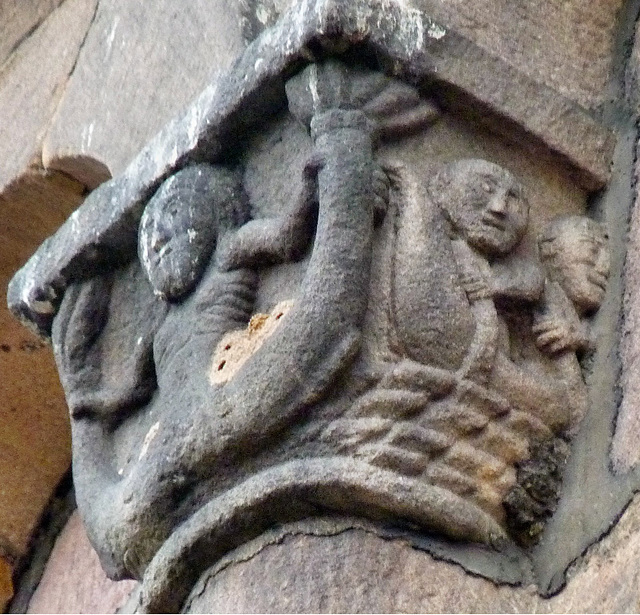Rosheim - Saints-Pierre-et-Paul
Rosheim - Saints-Pierre-et-Paul
Rosheim - Saints-Pierre-et-Paul
Rosheim - Saints-Pierre-et-Paul
Rosheim - Saints-Pierre-et-Paul
Rosheim - Saints-Pierre-et-Paul
Rosheim - Saints-Pierre-et-Paul
Rosheim - Saints-Pierre-et-Paul
Rosheim - Saints-Pierre-et-Paul
Rosheim - Saints-Pierre-et-Paul
Rosheim - Saints-Pierre-et-Paul
Rosheim - Saints-Pierre-et-Paul
Rosheim - Boulangerie Witz-Rohmer
Nice - Launderette
Andlau - Saints-Pierre-et-Paul
Andlau - Saints-Pierre-et-Paul
Andlau - Saints-Pierre-et-Paul
Andlau - Saints-Pierre-et-Paul
Andlau - Saints-Pierre-et-Paul
Andlau - Saints-Pierre-et-Paul
Andlau - Saints-Pierre-et-Paul
Andlau - Saints-Pierre-et-Paul
Andlau - Saints-Pierre-et-Paul
Sélestat - Sainte-Foy
Sélestat - Sainte-Foy
Sélestat - Sainte-Foy
Sélestat - Sainte-Foy
Sélestat - Sainte-Foy
Sélestat - Sainte-Foy
Sélestat - Sainte-Foy
Sélestat - Sainte-Foy
Sélestat - Sainte-Foy
Sélestat - Sainte-Foy
Wissembourg - Saint-Ulrich d'Altenstadt
Wissembourg - Saint-Ulrich d'Altenstadt
Wissembourg - Saint-Ulrich d'Altenstadt
Wissembourg - Saint-Ulrich d'Altenstadt
Wissembourg - Saint-Ulrich d'Altenstadt
Wissembourg - Saint-Pierre-et-Saint-Paul
Wissembourg - Saint-Pierre-et-Saint-Paul
Brioude - Saint-Julien
Brioude - Saint-Julien
Clermont-Ferrand - Notre-Dame-Du-Port
Clermont-Ferrand - Notre-Dame-Du-Port
Clermont-Ferrand - Notre-Dame-Du-Port
Location
Keywords
Authorizations, license
-
Visible by: Everyone -
All rights reserved
-
192 visits
Sélestat - Sainte-Foy


The "Église Sainte-Foy de Sélestat" was built in only 10 years between 1170 and 1180, succeeding an earlier ("Holy Sepulcre")church from around 1085 built by Hildegard von Egisheim. Of this church only the crypt and some carvings remained. Hildegard´s famous grandson Frederick I Barbarossa funded the construction of this new church, that was the center of a benedictine monastery, affiliated to the abbey St. Foy in Conques.
Outside all around the main and the right apse runs a lombard band with carved capitals, Under the roofs here are corbels. I had taken (and uploaded) a photo of this mermaid some months ago, but then Paul G.M. asked be about the lateral carvings - and I had no photos of them.
So this time, I was more carefully.
Robert Will, author of "Alsace romane" (Éditions Zodiaque), who describes these carvings as of "lower artistic value" connects this carving to an illustration of the "Physiologus", a very common medieval bestiary. Around 1170 the "Physiologus" even got translated into local Alemannic in Hirsau (150kms southeast). One copy from the 9th century is the "Bern Physiologus", where I found the illustration, that Robert WIll probably had in mind.
This illustration depicts two men rowing a boat - and catching pearls with the help of a swimming woman. This woman is naked - but she clearly has two legs, so this woman is not a mermaid.
Here is an illustration:
en.wikipedia.org/wiki/File:77-Fisiologo_di_Berna_-_rappor...
The influence of the Physiologus during medieval times can hardly underestimated, but here, I think it is just "farmer - mermaid - fisher". And "farmer" and "fisher" stand for the common population of a town or village of that time.
Here is general wikipedia-information about the "Physiologus"
en.wikipedia.org/wiki/Physiologus
Outside all around the main and the right apse runs a lombard band with carved capitals, Under the roofs here are corbels. I had taken (and uploaded) a photo of this mermaid some months ago, but then Paul G.M. asked be about the lateral carvings - and I had no photos of them.
So this time, I was more carefully.
Robert Will, author of "Alsace romane" (Éditions Zodiaque), who describes these carvings as of "lower artistic value" connects this carving to an illustration of the "Physiologus", a very common medieval bestiary. Around 1170 the "Physiologus" even got translated into local Alemannic in Hirsau (150kms southeast). One copy from the 9th century is the "Bern Physiologus", where I found the illustration, that Robert WIll probably had in mind.
This illustration depicts two men rowing a boat - and catching pearls with the help of a swimming woman. This woman is naked - but she clearly has two legs, so this woman is not a mermaid.
Here is an illustration:
en.wikipedia.org/wiki/File:77-Fisiologo_di_Berna_-_rappor...
The influence of the Physiologus during medieval times can hardly underestimated, but here, I think it is just "farmer - mermaid - fisher". And "farmer" and "fisher" stand for the common population of a town or village of that time.
Here is general wikipedia-information about the "Physiologus"
en.wikipedia.org/wiki/Physiologus
- Keyboard shortcuts:
Jump to top
RSS feed- Latest comments - Subscribe to the comment feeds of this photo
- ipernity © 2007-2024
- Help & Contact
|
Club news
|
About ipernity
|
History |
ipernity Club & Prices |
Guide of good conduct
Donate | Group guidelines | Privacy policy | Terms of use | Statutes | In memoria -
Facebook
Twitter

Sign-in to write a comment.